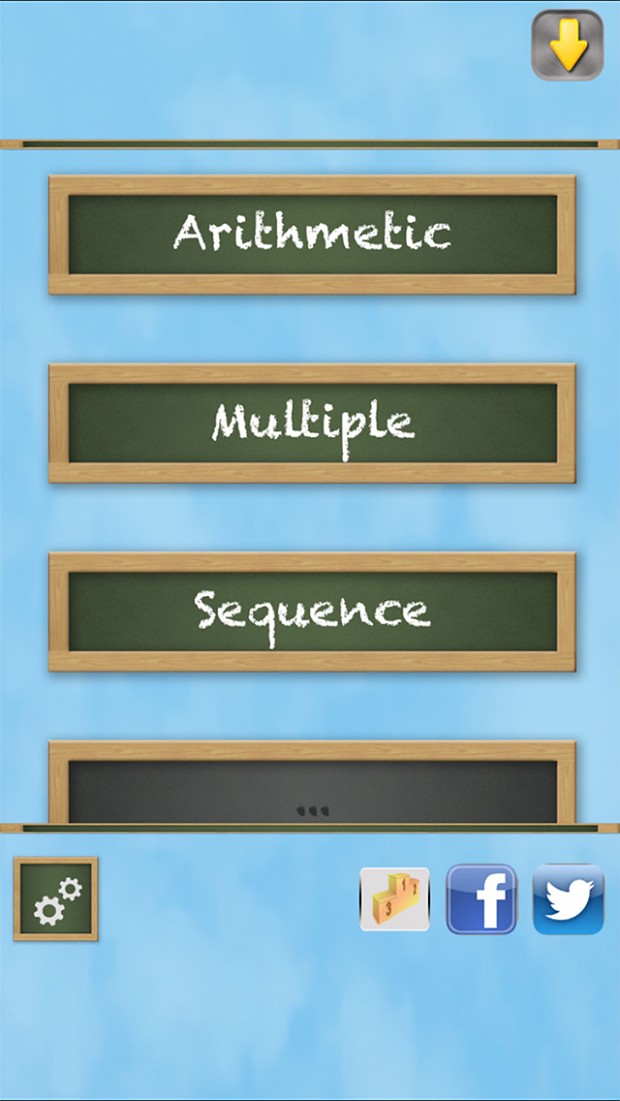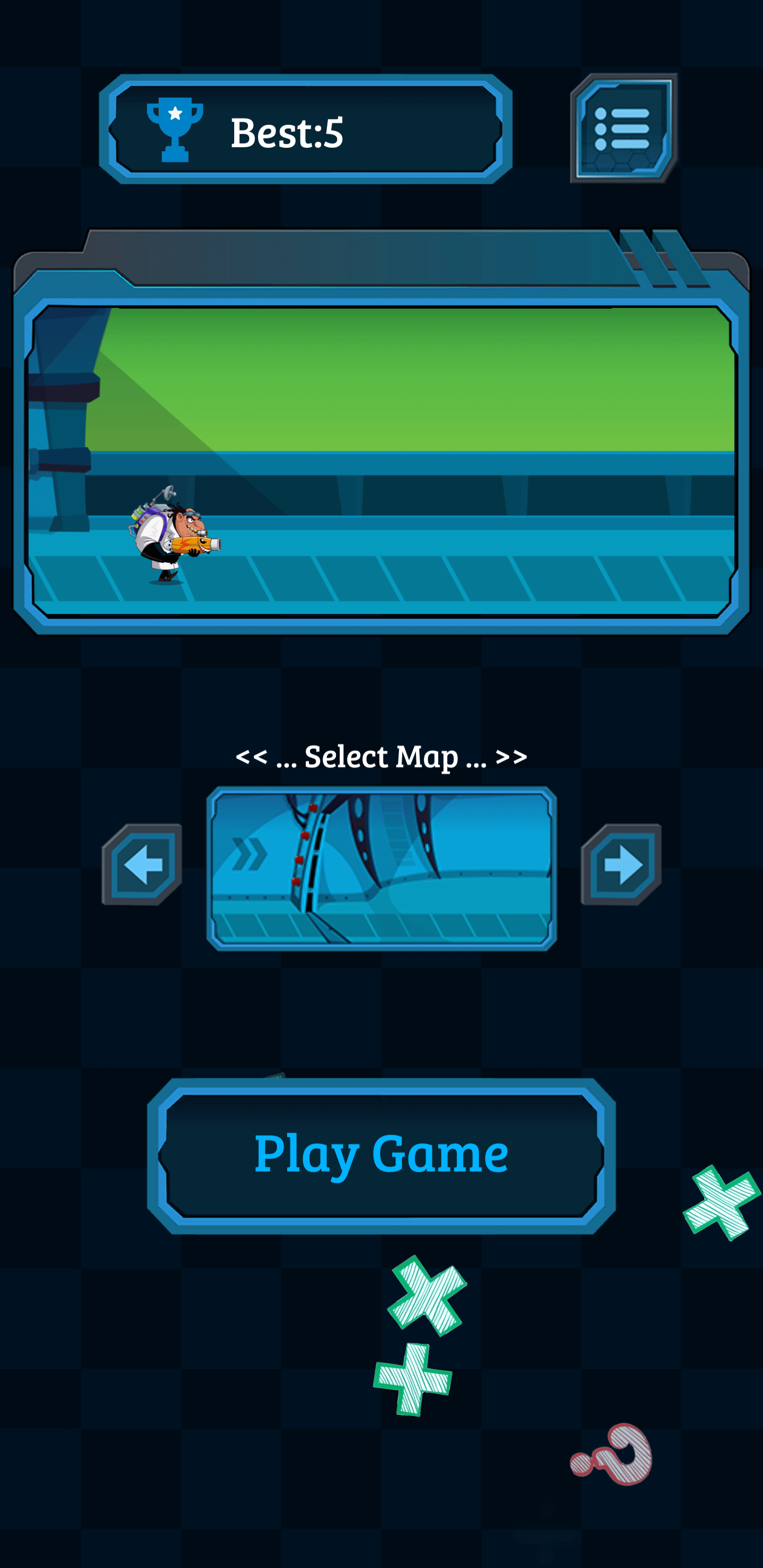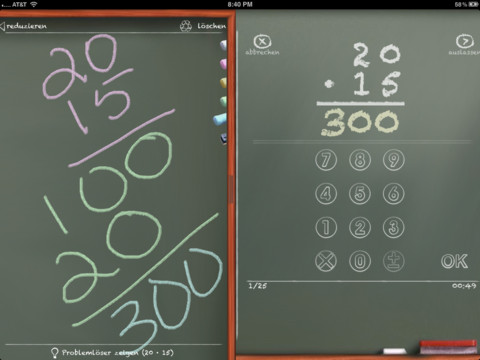
Then, pull out the ruler or measuring tape so they can measure the distances they’ve covered. Have your students hop like frogs, leap like gazelles, or jump like kangaroos. Learn more: Creative Family Fun/Sidewalk Chalk Clock 16. Add more complicated elements by having them add to or subtract from the initial time too. Choose two students to be the hour and minute hands, then call out a time and send them out to become the clock. Tell time on a giant clockĭraw a giant clock face with hours and minutes on the playground with sidewalk chalk. Learn more: Little Bins for Little Hands 15. Then, have a student choose a balloon, find the matching number, and head off to make a splash! Draw the numbers in a big circle on the playground. Fill and label balloons numbered 1 through 20 (or whatever numbers you’re working on).

You’re going to need to be willing to get a little wet for this one, but kids simply adore math games (or any games!) with water balloons. Then, have kids whack the balls to practice their subtraction facts. You know your elementary math students are going to love this! Build your own whack-a-mole 10-frame with a shoebox and Ping-Pong balls. Learn more: Buggy and Buddy/Math Dice 13. Kids add them up (or subtract if you prefer) and complete the activity the number of times shown. Write activities like “jump,” “clap,” or “stomp” on a small wooden block, then roll it along with a pair of dice. Get practice with low-number counting and addition using action dice. Then choose plot points for them to visit to find notes or small prizes. Head out on a plot graph scavenger huntĬreate a map of your school, playground, or other area using graph paper (or even better, have kids help you do it). You can teach graphing in lots of ways, so why not make it active? Students throw balls onto a target, graphing and analyzing their throws as they go. Make one big enough for kids to stand and jump around on using sidewalk chalk (or painter’s tape indoors). Number lines are wonderful for all sorts of math games and activities. Pass out numbered paper plates, then have students mix and mingle to see how many number bonds they can form. Learn more: Saddle Up for Second Grade/Place Value Toss 8. Kids toss beanbags into the bins, then count them and see what number they’ve created. Label bins with place values like ones, tens, and hundreds. Gather them around a numbered rock to make pretty flowers. Pick up colorful fall leaves and write math facts on them. (Feeling brave? Try this one with balloons!) Have a student stomp on the bag labeled three, then on the next two to arrive at an answer of five. Now, call out an addition or subtraction problem, like 3 + 2.


Grab some paper bags and number them, then shake them out and lay them in a number line. Then, arm them with measuring tapes and have them practice taking measurements. Draw and measure shapes on the sidewalkįirst, give kids some sidewalk chalk and let them draw a variety of shapes, as big or small as they like. Learn more: Buggy and Buddy/Fishing Math 4. Float some numbered foam fish with paper clips attached, then try to catch the numbers in the right order! (Don’t want to get wet? Just lay the fish on the ground instead.) It’s so easy to make your own magnet fishing pole. Kids will have fun checking the ground under trees for twigs, then breaking them into pieces and creating tally piles. Small sticks are perfect for practicing tally marks. Learn more: Frugal Fun 4 Boys and Girls 2. If there’s snow on the ground, bundle up and take this one outside to use real snowballs! Throw snowballs inside or outĬlip flash cards to plastic tubs, then challenge kids to throw the correct number of large white pom-poms (“snowballs”) in from a distance. Lots of these ideas can be adapted to suit a variety of math concepts, so choose a few to try out with your own math students. They get kids up and moving, using their whole bodies to learn facts and skills. Tired of hearing groans when you announce it’s time for math? These active math games and activities will spice up your learning game.


 0 kommentar(er)
0 kommentar(er)
